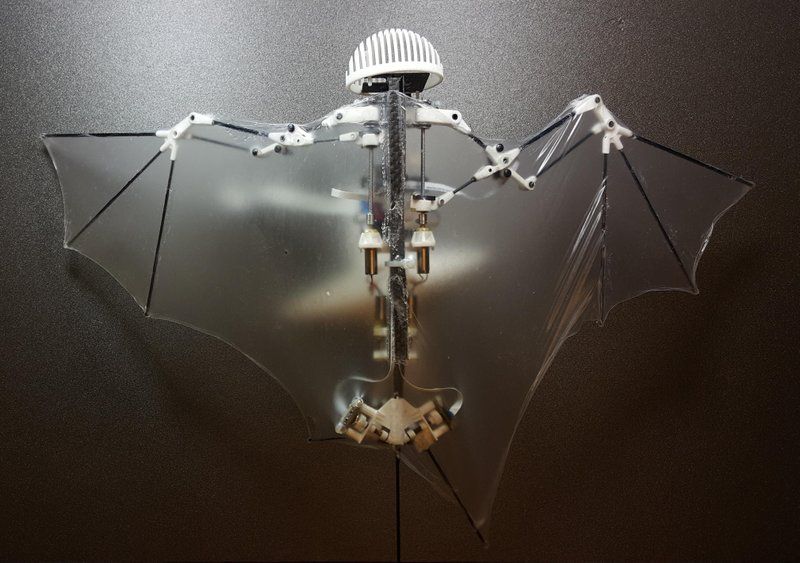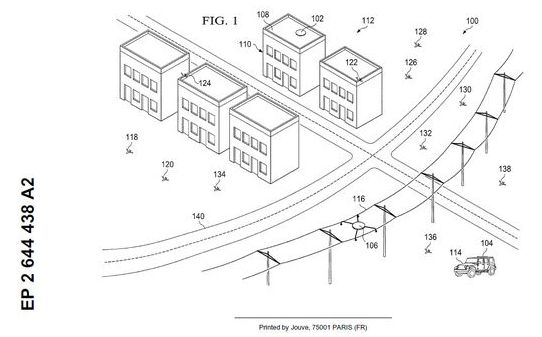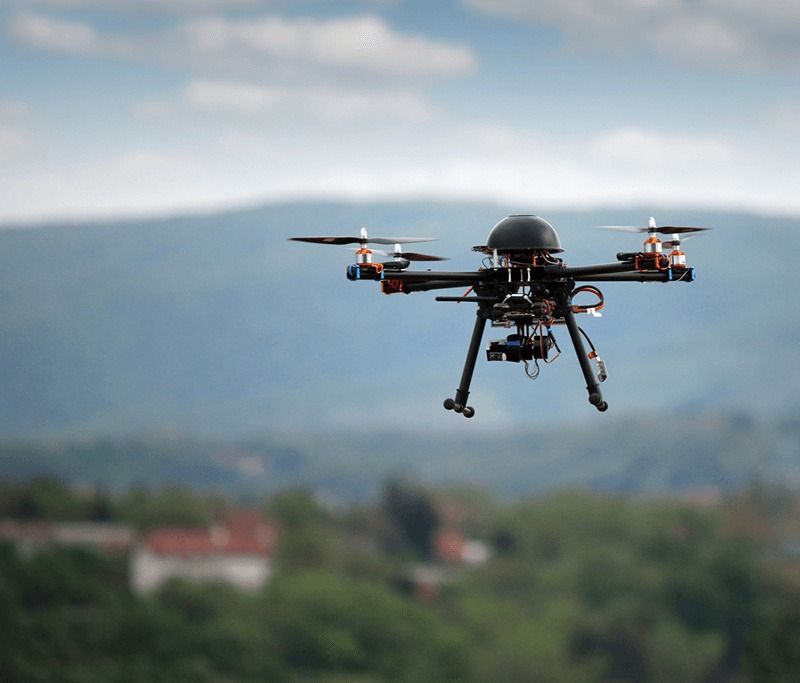Drones could drop you off at your apartment in the future.
Category: drones – Page 153
Meet Bat Bot: The First Flying Robot
Could we see Humanoid robots with wings someday?
Bat Bot, a lightweight flier with thin silicone wings stretched over a carbon fiber skeleton, can cruise, dive and bank turn just like its namesake, researchers report February 1 in Science Robotics, Joinfo.com reports with reference to Science News.
Such a maneuverable machine could one day soar up the towering structures of a construction site, flying in and out of steel beams to help keep track of a building’s progress, study coauthor Seth Hutchinson, a roboticist at the University of Illinois at Urbana-Champaign, said in a news briefing January 31.
Other aerial robots, like some drones, aren’t so agile, relying on four whirling rotor blades to lift off the ground, Hutchinson said. These bots also have trouble flying in the wind, because they can exert force in only one direction, he said. Bat Bot’s flexible wings could make it a more versatile flier.
Disposa-drones
San Francisco-based research company Otherlab is developing a new concept for disposable delivery drones made of cardboard.
The project is funded by the US Defense Advanced Research Agency (DARPA), and it aims to develop drones which can be used to deliver medical supplies and other cargo to remote or hard-to-reach locations.
The drone is designed to make only an outward journey – no returns – and then be discarded. The fact that the drone only has to make a one-way trip will extend its range. The vehicle’s primary method of propulsion will be gliding.

Whoosh! Swish! Meet Bat Bot, the new flying batlike drone
WASHINGTON (AP) — Holy drone, Batman! Mechanical masterminds have spawned the Bat Bot, a soaring, sweeping and diving robot that may eventually fly circles around other drones.
Because it mimics the unique and more flexible way bats fly, this 3-ounce prototype could do a better and safer job getting into disaster sites and scoping out construction zones than bulky drones with spinning rotors, said the three authors of a study released Wednesday in the journal Science Robotics. For example, it would have been ideal for going inside the damaged Fukushima nuclear plant in Japan, said study co-author Seth Hutchinson, an engineering professor at the University of Illinois.
The bat robot flaps its wings for better aerial maneuvers, glides to save energy and dive bombs when needed. Eventually, the researchers hope to have it perch upside down like the real thing, but that will have to wait for the robot’s sequel.


Pilots report more near-misses with drones over UK
Hmmm; Have a feeling the over crowed satellite junk problem in the upper atmosphere is nothing compared to what we see with this in the next 5 years as we look at Amazon, UPS, FedEx, USPS, PizzaHut, Dominos, Local delivery services via drone, EMS drone responders, comcast troubleshoot & repair drones, etc.
Description: Collision ‘only narrowly avoided’, Author: Linsey McNeill — TravelMole Media Group LLC, Publish Date: 27 January 2017, Image:, Category: Travel News.

New Mexico Bill Would Place Limits on Drones; Hinder Federal Surveillance Program
And, the laws are slowly try to catch up to tech.
SANTA FE, N.M. (Jan. 27, 2017) – A bill introduced in the New Mexico Senate would limit the warrantless use of surveillance drones. The legislation would not only establish important privacy protections at the state level, it would also help thwart the federal surveillance state.
Sen. Gerald Ortiz y Pino (D-Albuquerque) introduced Senate Bill 167 (SB167) on Jan. 19. Titled The Freedom from Unwanted Surveillance Act, the legislation would prohibit federal, state and local law enforcement from using a drone with the intent to gather evidence on private property without a warrant in most cases.
The proposed law would allow for the warrantless drone surveillance when exigent circumstances exist.



A 20th Century Bullring Reimagined as a 21st Century Drone Station
Bullfights arouse strong feelings on both sides. Their aficionados see them as a place of near reverence, where animal and man engage in an athletic dance summoning the shadows of mankind’s struggles for both dominance over and stewardship of his natural counterparts. Opponents of the sport decry its violence and bloodshed, the unnecessary cruelty of what they see as a prolonged infliction of torture upon one of our planet’s fellow creatures. In 2012, Catalonia, the region of Spain that contains Barcelona, agreed more with the latter characterization than the former and banned the sport.